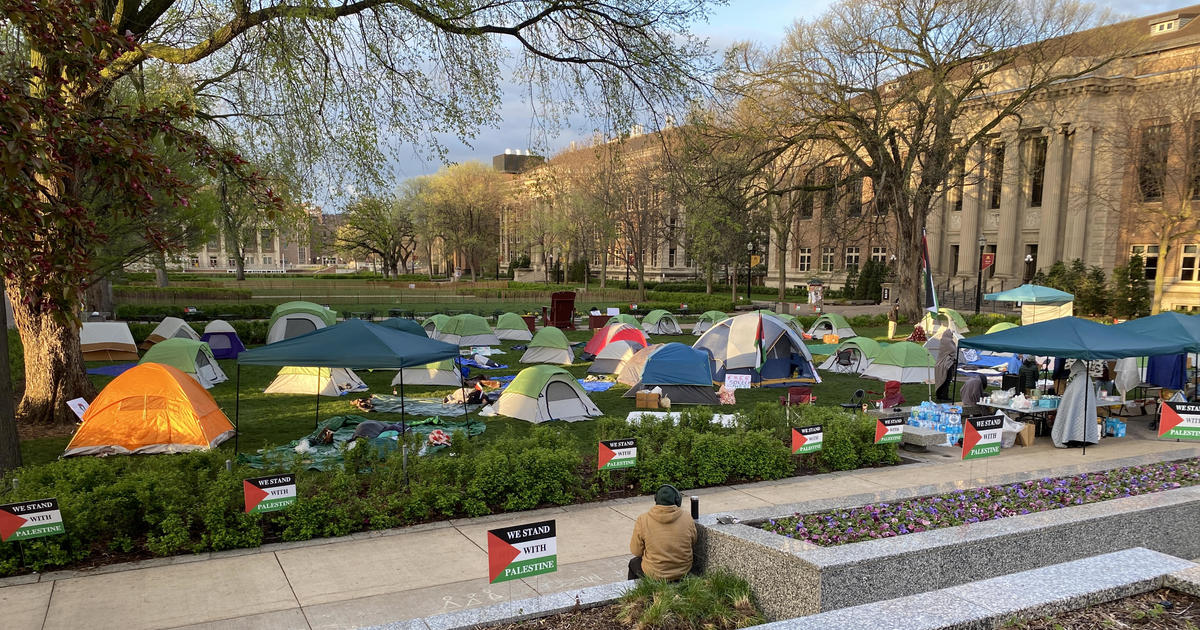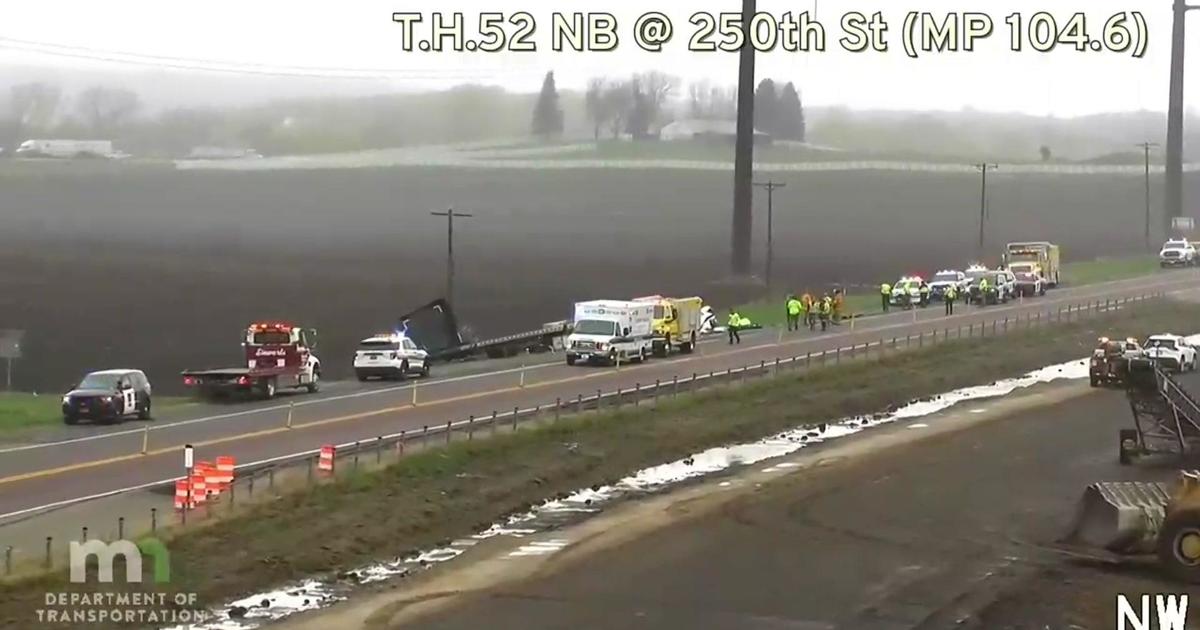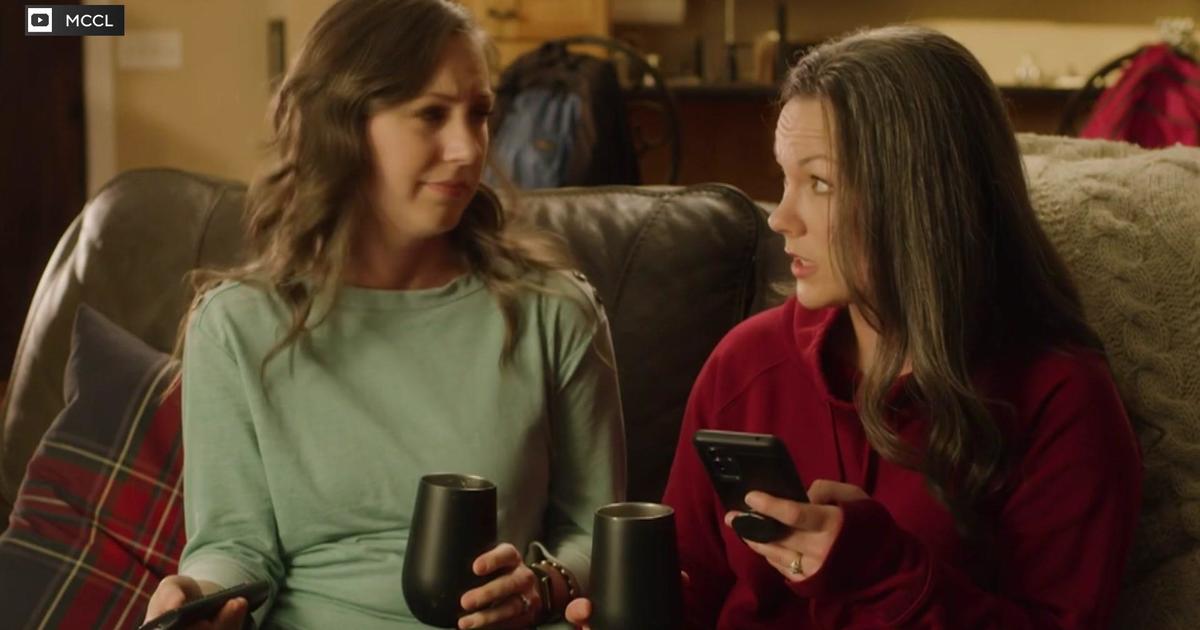What Is Minnesota's LGBTQ History?
MINNEAPOLIS (WCCO) – This weekend, 400,000 people are expected to celebrate Minnesota's 47th Pride festival.
The original idea behind the Pride parades held across the country was to commemorate the Stonewall uprising in New York City, which happened June 28, 1969 – 50 years ago next week. Often, the Stonewall riots are considered the beginning of the modern LGBTQ movement, but Minnesota has been, at times, at the forefront as well.
So, what is Minnesota's LGBTQ history? Good Question.
Many pieces of it are housed in the University of Minnesota's Tretter Collection, the largest LGBTQ collection in the Upper Midwest. It holds thousands of boxes of history dating back decades.
"Many times the survival of people who were gay, lesbian, bisexual and transgender depends on them remaining hidden," says Lisa Vecoli, the former curator of the Tretter Collection. "It's very challenging to document the experiences of people whose survival depends on remaining invisible."
In 1969, before Stonewall, a University of Minnesota student group called FREE (Fight Repression of Erotic Expression) was founded. Vecoli says it was a first of its kind in the United States because it publically advertised as an LGBTQ group.
Two years later, Minnesota was home to the country's first legal same-sex marriage between Jack Baker, FREE's first president, and Michael McConnell. The two married in Blue Earth County on Sept. 3, 1971. Ultimately, the county and state refused to recognize their marriage, which would begin a 44-year battle for same-sex marriage rights in Minnesota.
In 1972, Allan Spear was elected to the Minnesota State Senate. He came out in 1974, making him one of the first gay elected officials in the world.
In 1975, Minneapolis passed the first known legal protections for transgender people.
"We've had some really good and important people in the community," said Jean Tretter, the name behind the Tretter Collection. He began collecting pieces of LGBTQ history in the early 1980s and donated them to the University of Minnesota Libraries in 2000.
Tretter studied anthropology and has some theories about why Minnesota often played a big role in the early LGBTQ movement.
"There was a lot of migration to Minneapolis and St. Paul from the surrounding areas, like North and South Dakota or Iowa," he says. "You wanted to live in the big city in the gay ghettos and you could find people and friends."
He also credits the Scandinavian history to the region.
"That was always a factor because the Lutheran church has always been more accepting of gays and lesbians," Tretter says.
Vecoli says the history hasn't had a linear progression, but rather a series of forward and backward steps.
In 1978, St. Paul voters repealed the city's provision to protect gays and lesbians from discrimination. The law wasn't reinstated for another 12 years.
During the 1980s, tragedy struck the movement across the country, later prompting more awareness and attention.
"You can't talk about the 1980s in GLBT communities without talking about AIDS and the devastation that impacted the entire community," Vecoli said.
In 1993, Minnesota amended its Human Rights Act to include LGBTQ protections. That legislation had first been introduced 20 years earlier.
In November 2012, Minnesota became the first state to reject a Constitutional amendment outlawing same-sex marriage. Six months later, the state legislature would make Minnesota the 12th state in the country to make marriage gender neutral.



